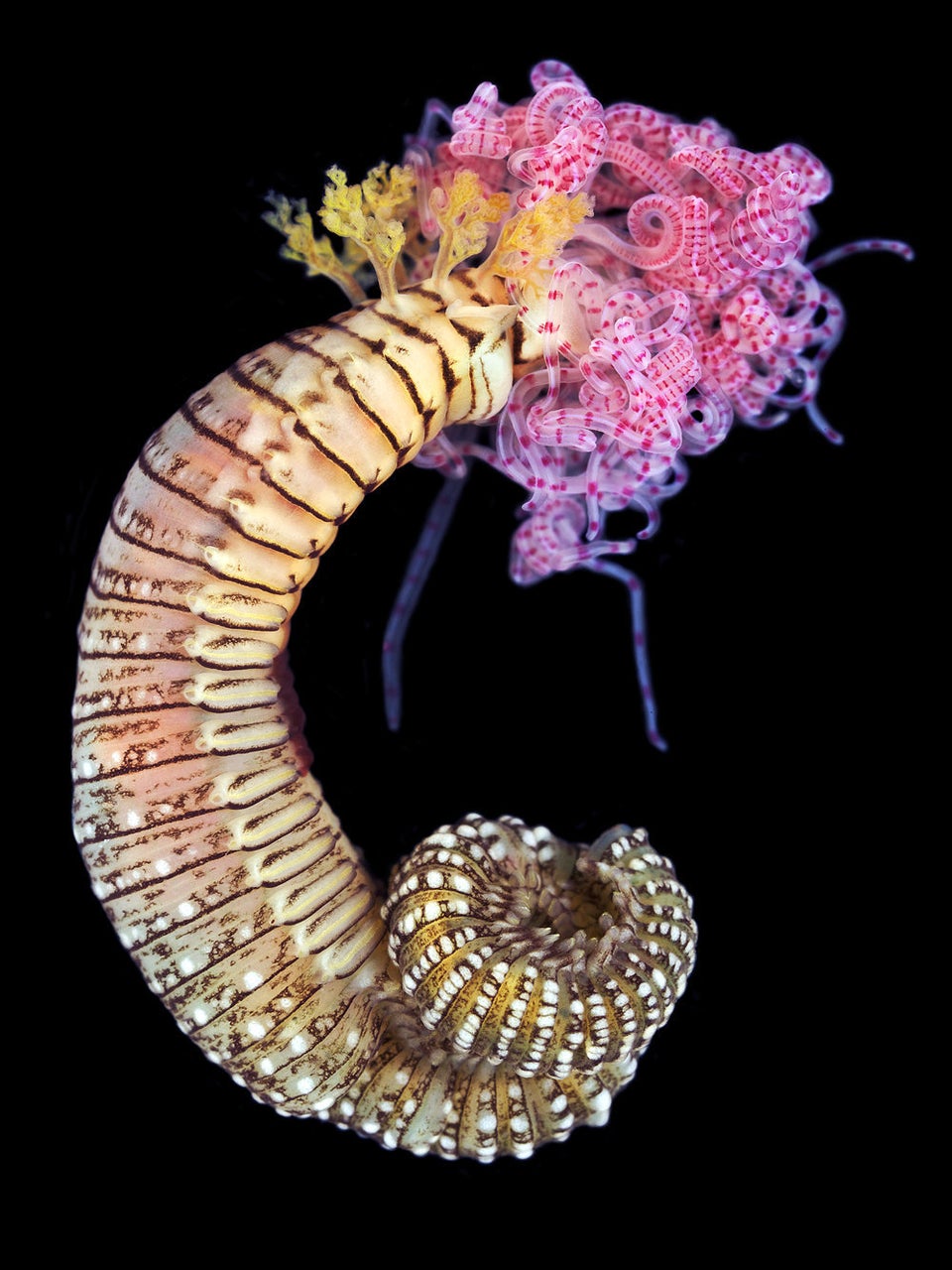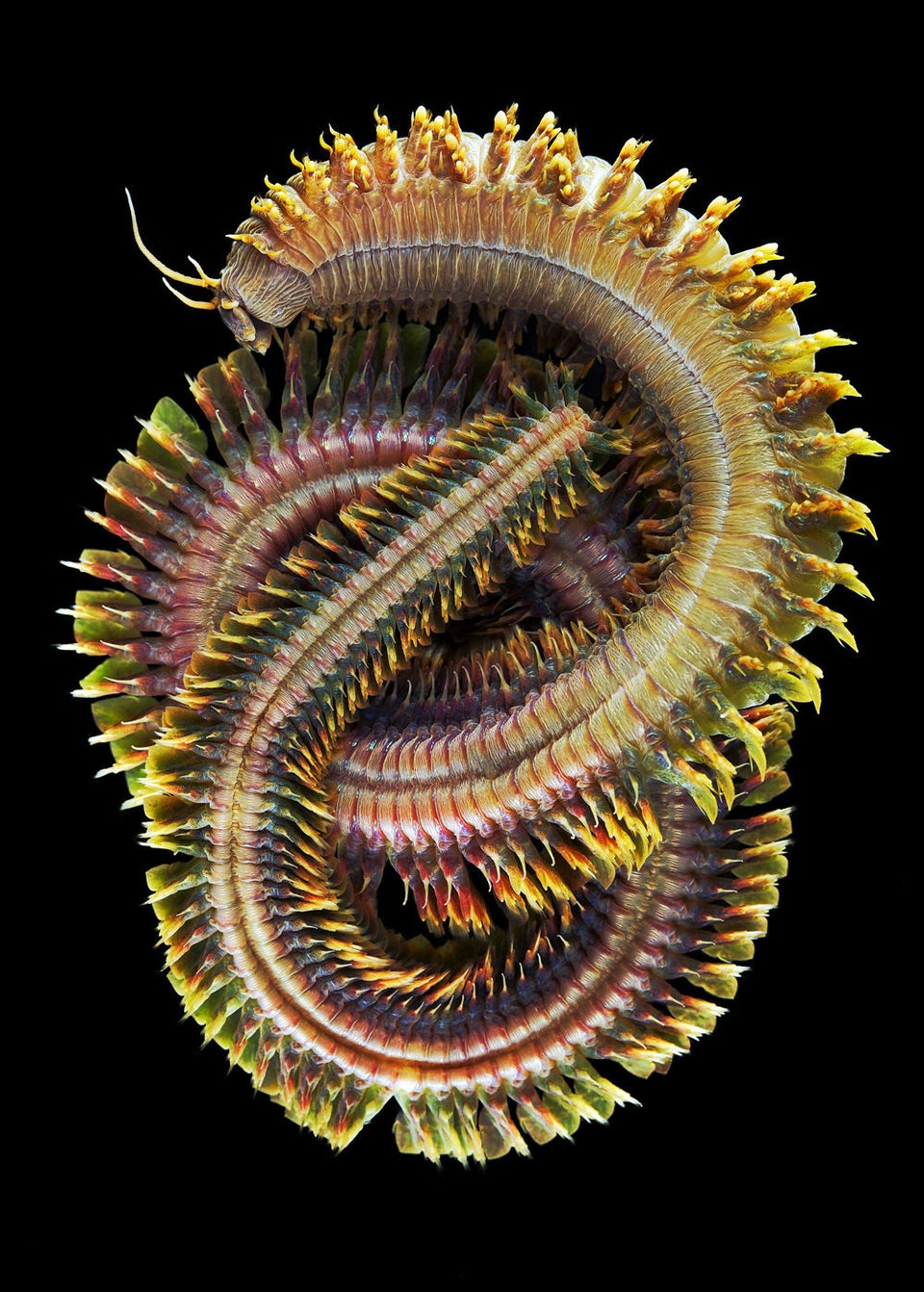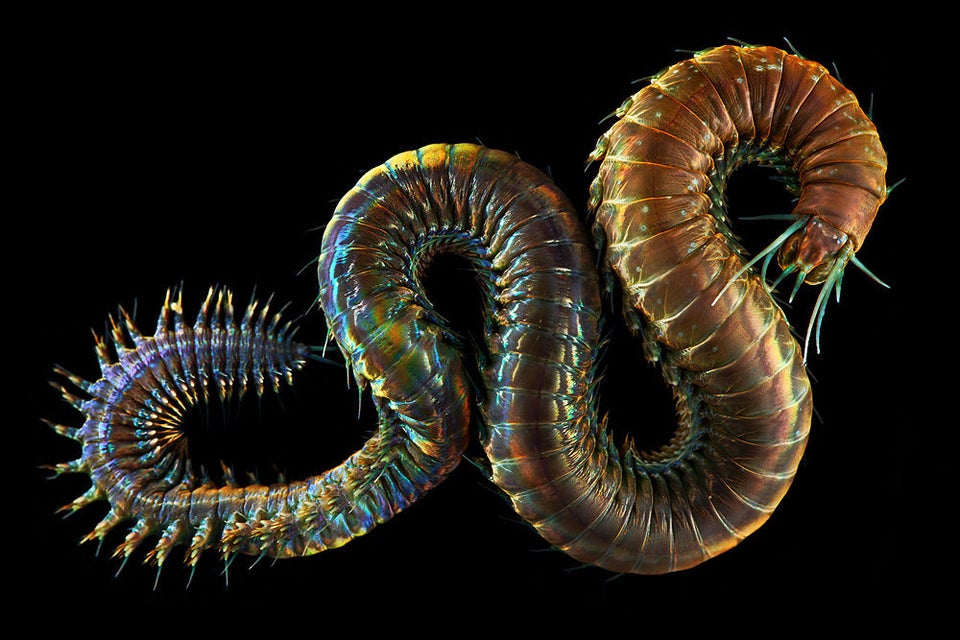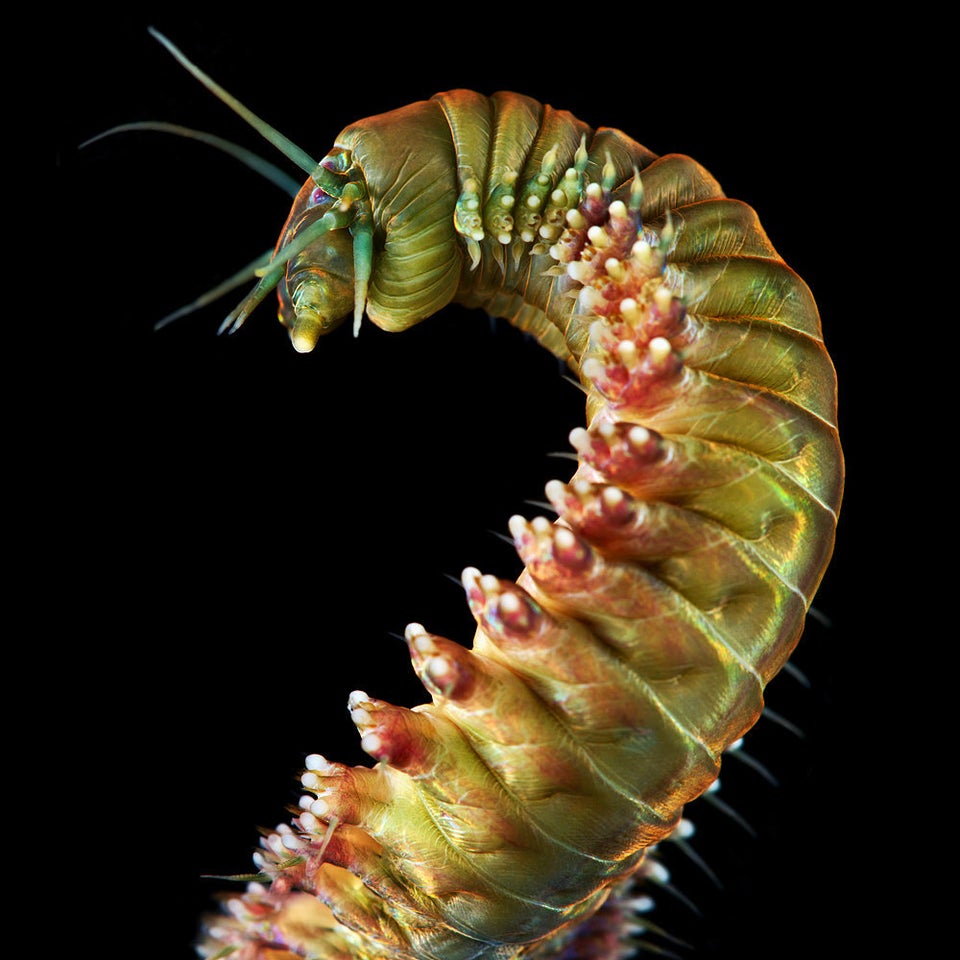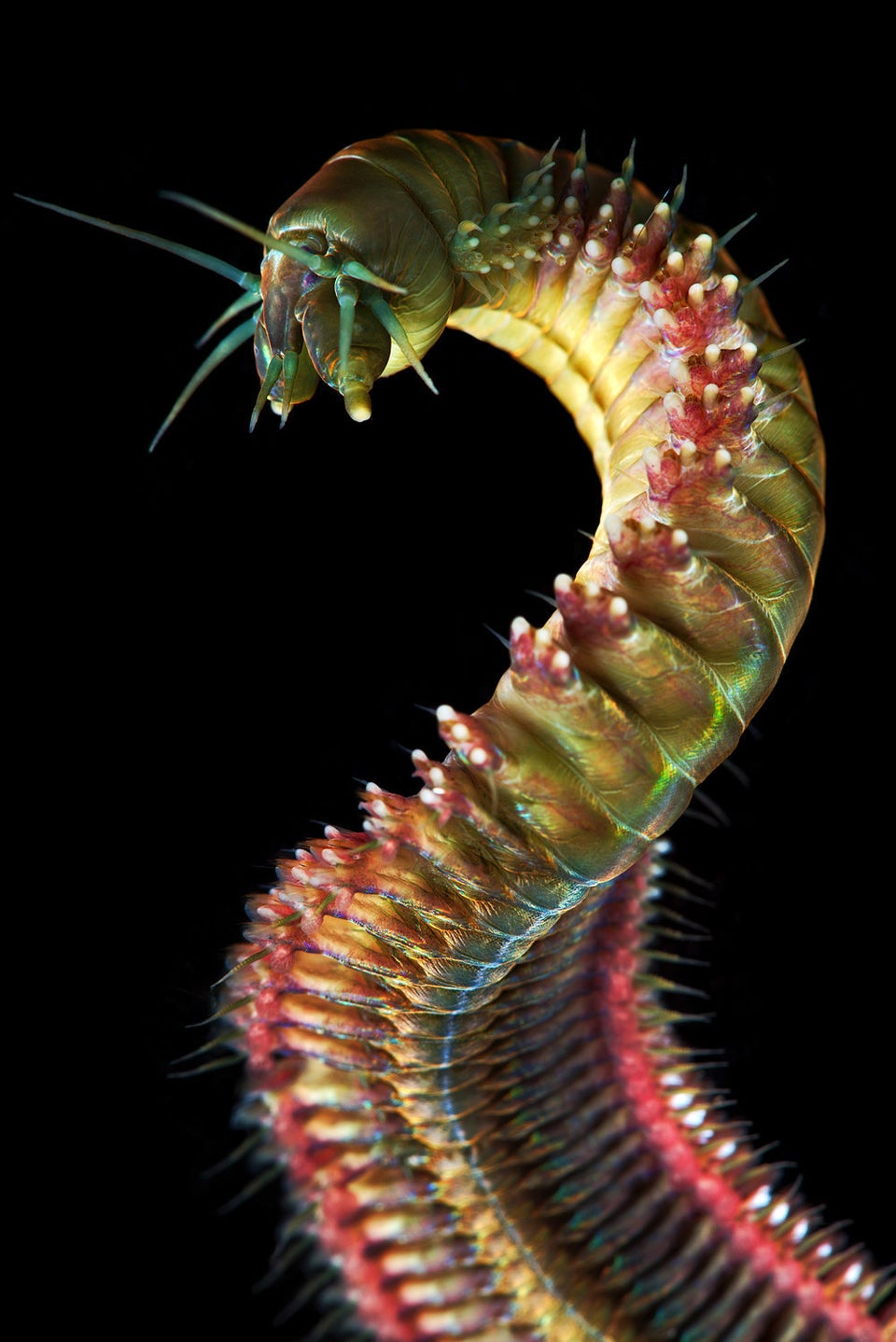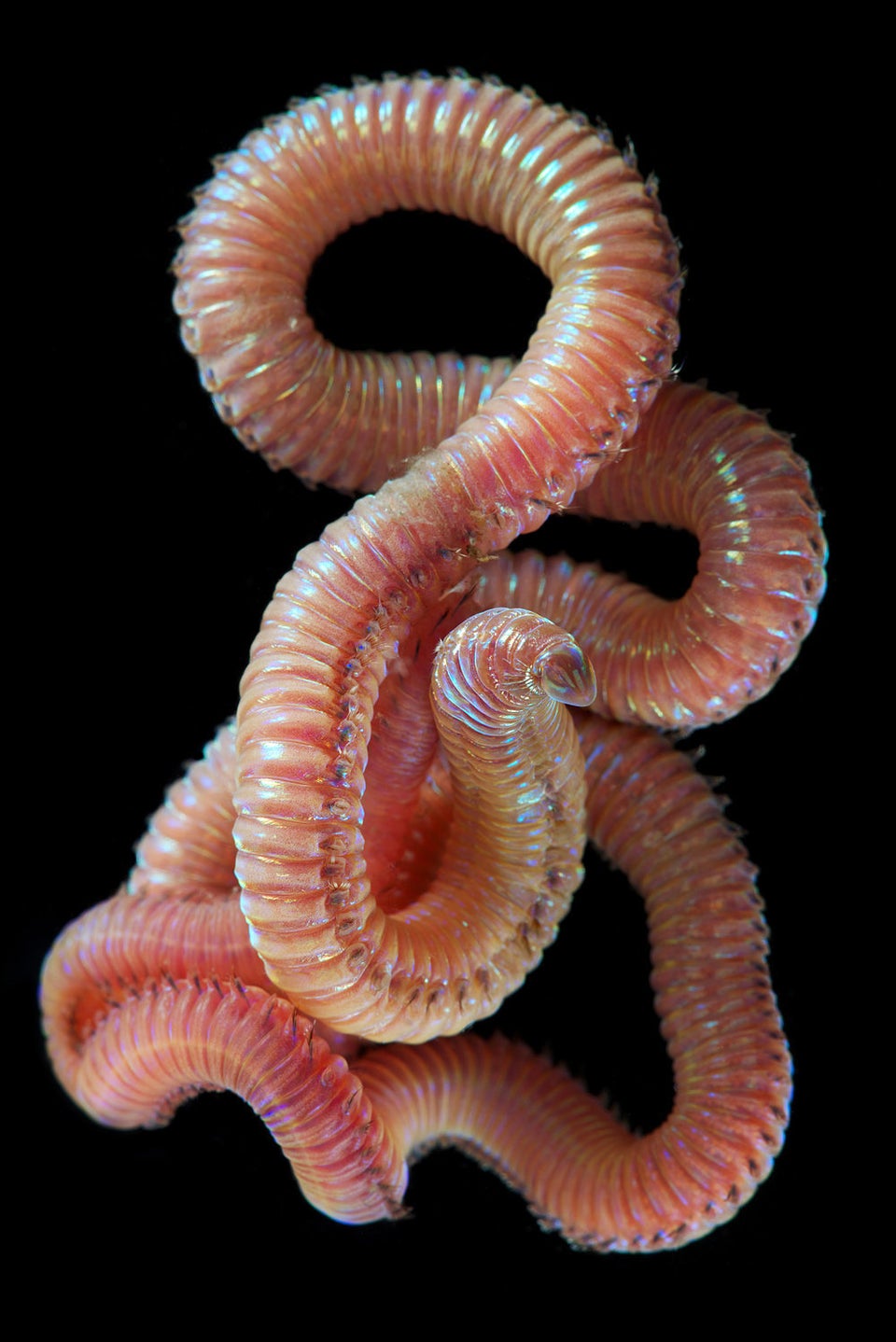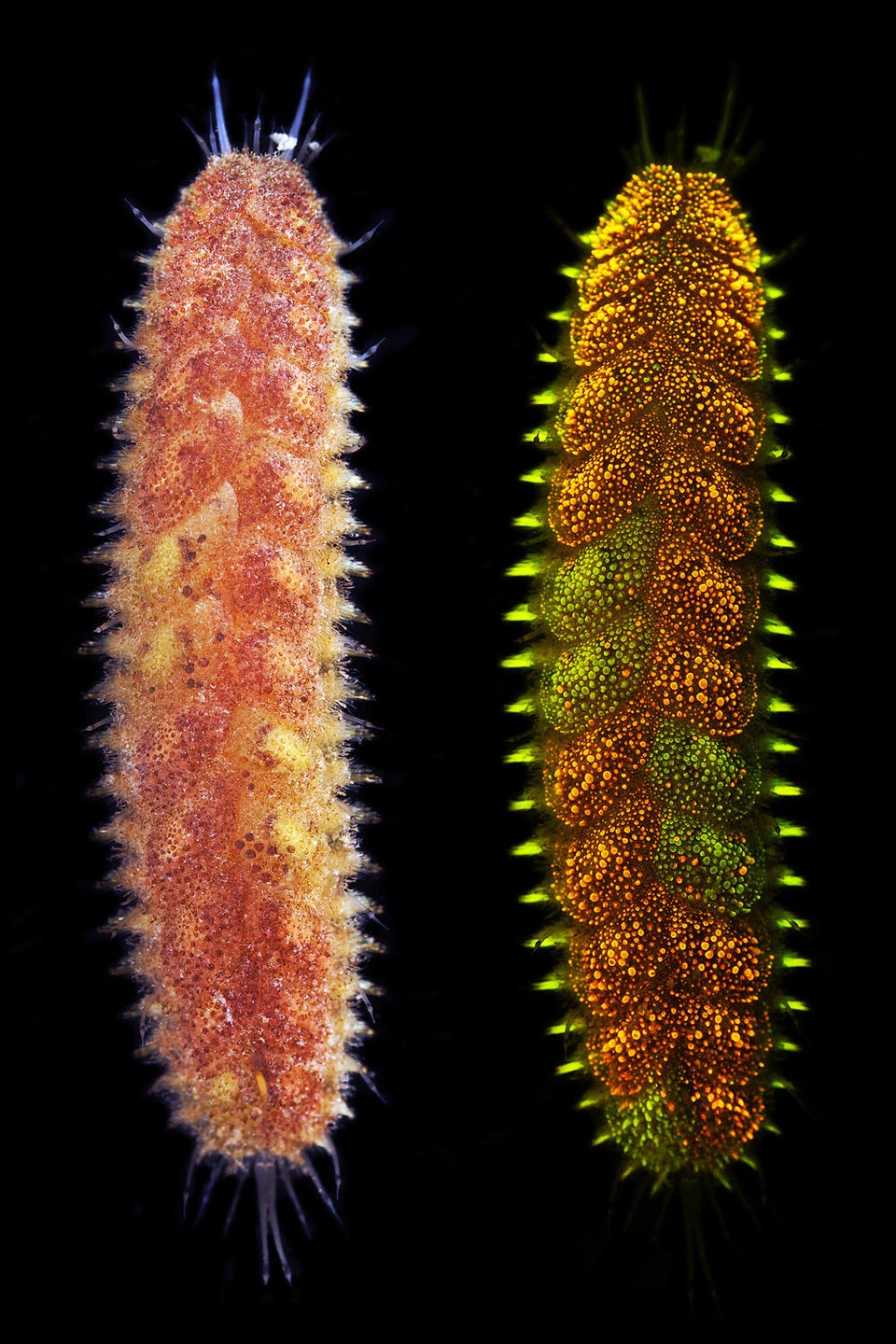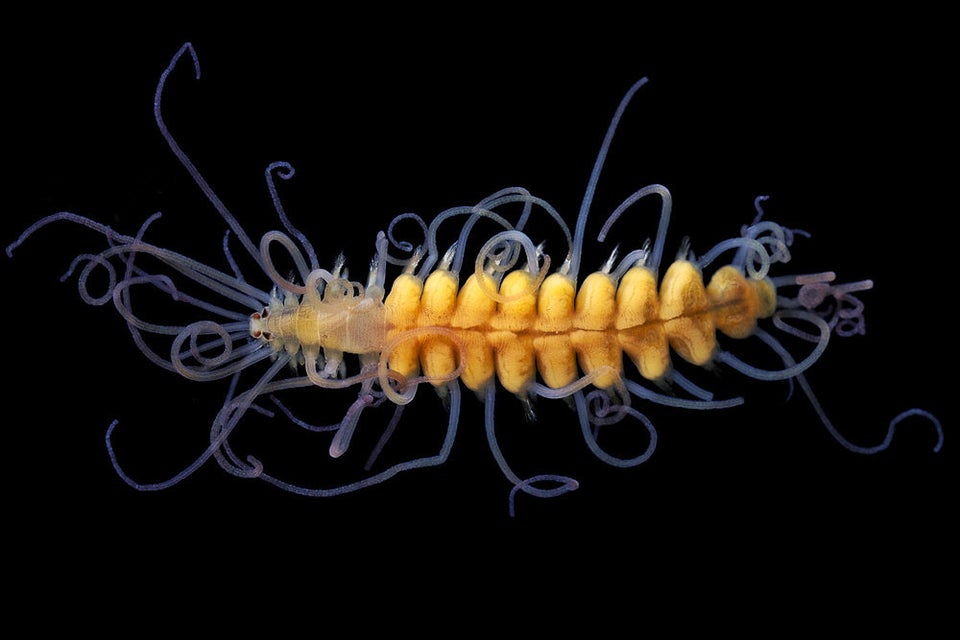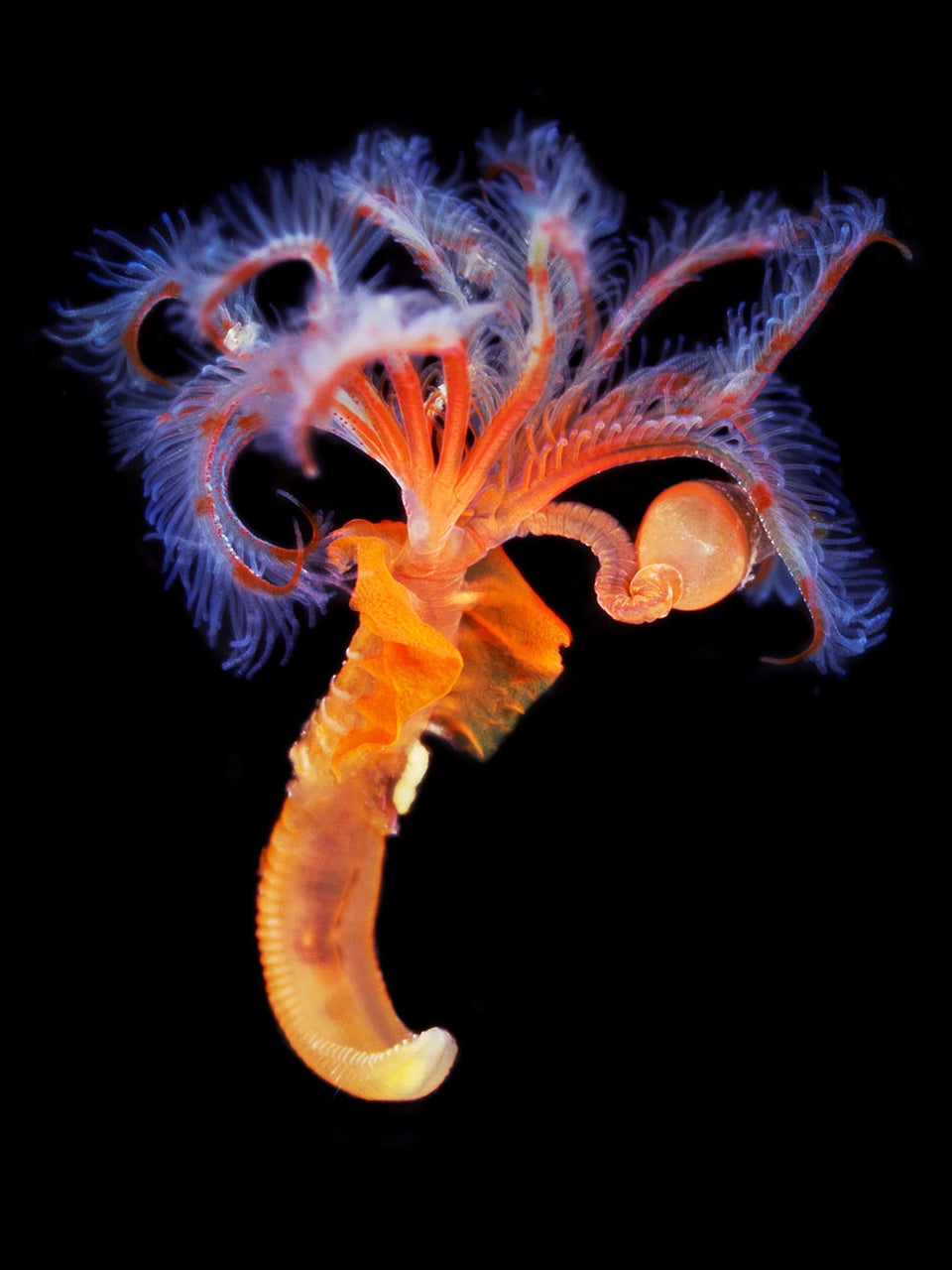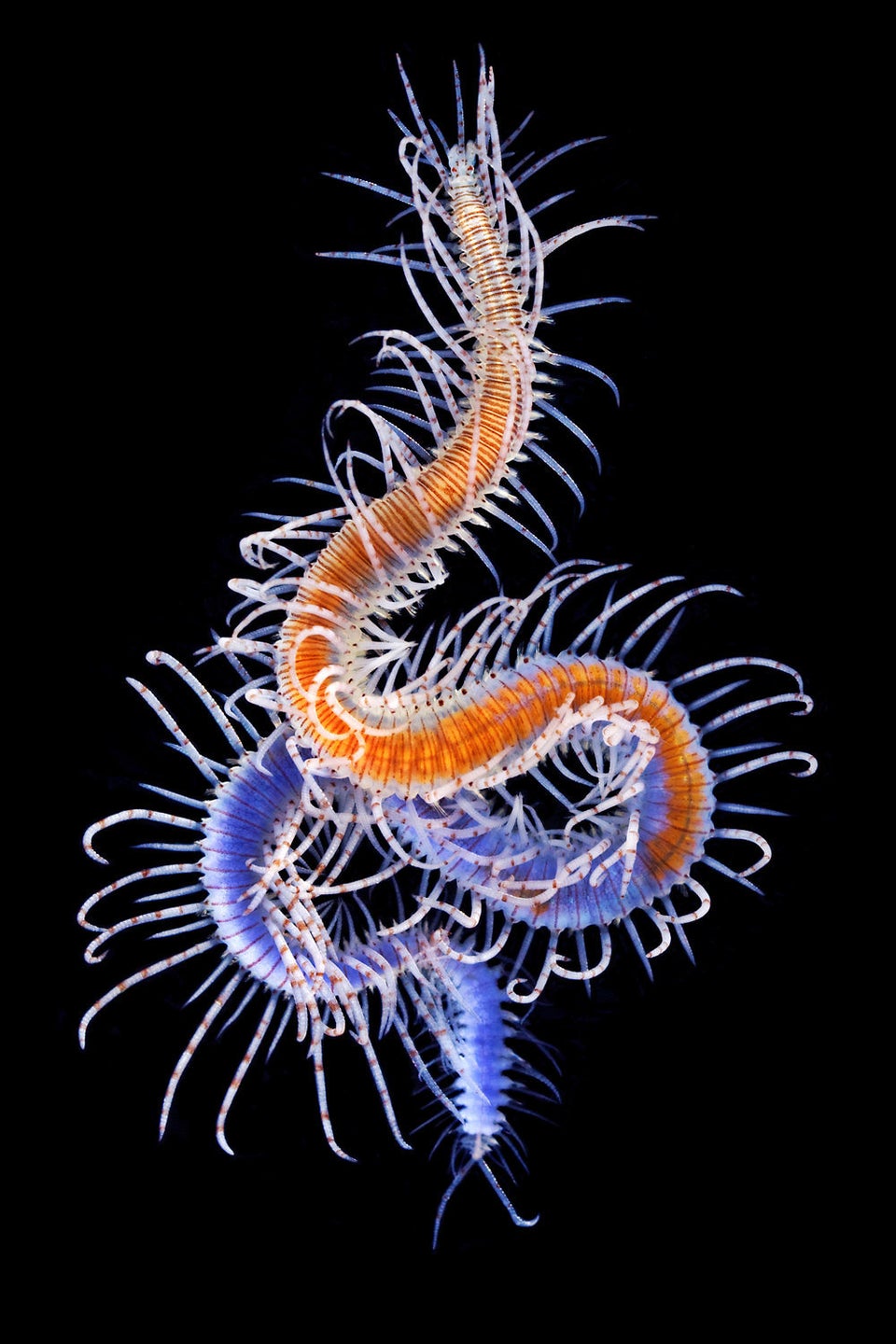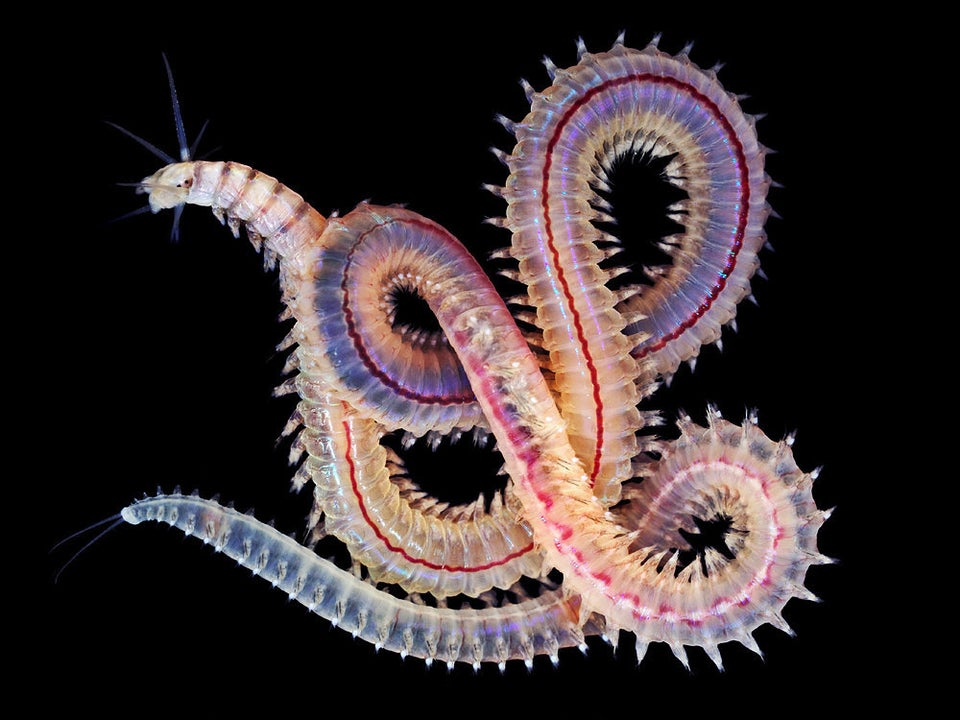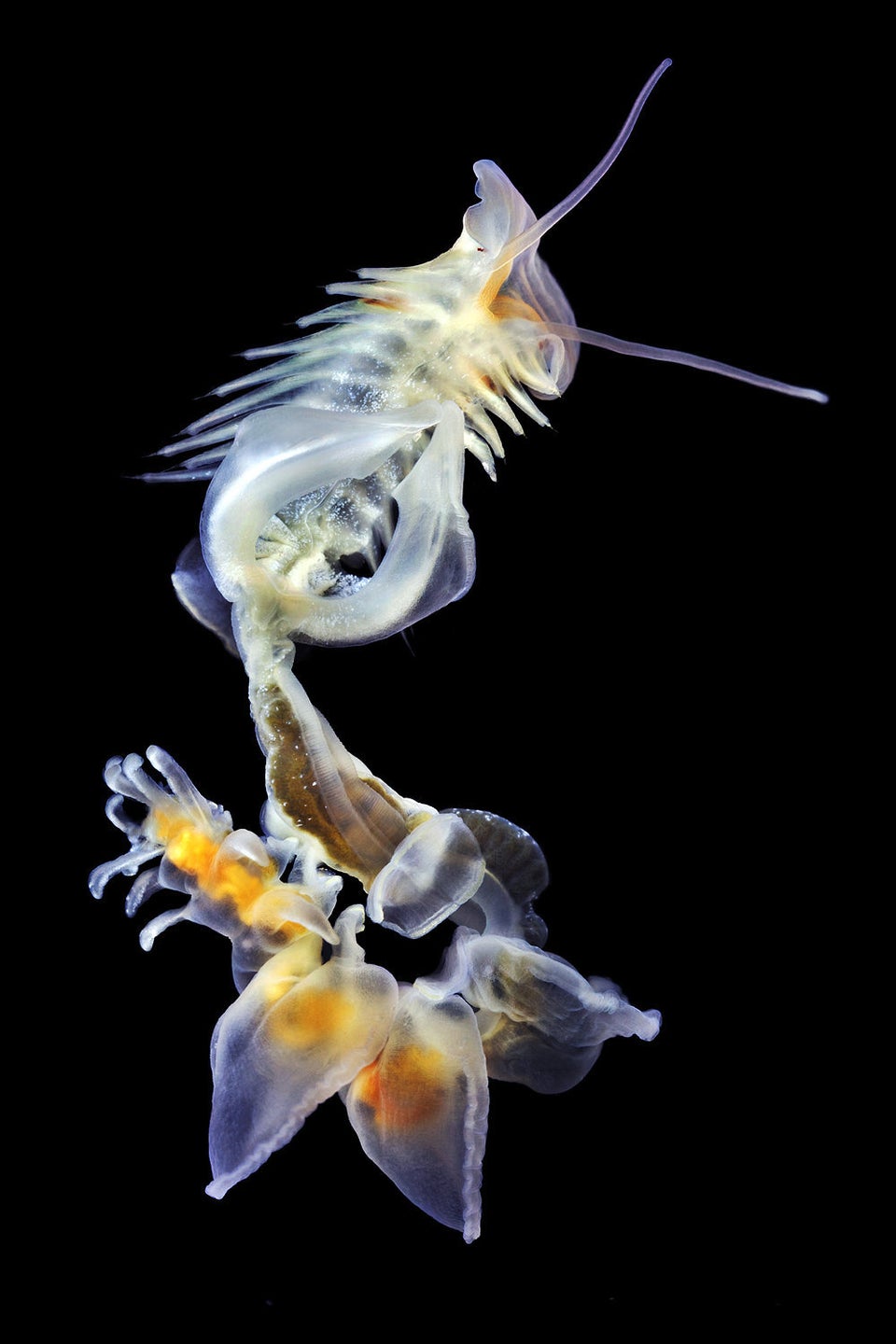Even among creatures with atypical reproductive strategies, this worm is pretty weird.
Macrostomum hystrix, a transparent, aquatic flatworm, has a "needle-like" reproductive organ it uses to inject sperm into the body of its mate. But it can also stab its own head and self-fertilize, according to new research.
Biologists with Germany's Bielefeld University and the University of Basel in Switzerland observed the worms' reproductive habits in manipulated environments and found that isolated individuals were more likely to exhibit this striking behavior. Their results were published Wednesday in the journal Proceedings of the Royal Society B.
Fifty of the 1.5-millimeter-long worms were kept in isolation for a month, while 50 others were left in groups of three, explained The Guardian. The group worms were observed with more sperm in their tails, while the loners had more sperm in their heads.
"To us it sounds very gruesome, but to them it may be their best option," evolutionary biologist and lead author Steven A. Ramm told The Guardian. "The alternative is not reproducing at all, so it’s making the best of a bad situation.”
While the hermaphroditic worm produces both eggs and sperm at once, it can also reproduce by mating with another individual, according to Discovery News. Even in pairs, the flatworms mate by injecting sperm somewhere in the body with the hypodermic-needle penis.
"The evolution of hypodermic insemination and a needle-like copulatory organ to try and inject sperm into the body of another individual in the context of sexual conflict is interesting enough in itself, but the fact that these worms apparently turn that weapon on themselves, and can thereby reproduce even without a mating partner, is truly fascinating," Ramm told NBC News.
In the experiment, the solo worms did produce hatchlings. But mating in pairs is better as it produces a more genetically diverse population, according to Discovery.
And that's better for the future of the species.

Related
Before You Go

